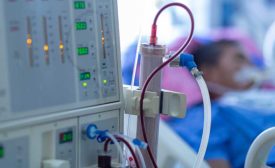Medical Devices Assembly
Assembly With Stainless Steel Screws
Stainless fasteners are ideal for applications that require strength, durability and corrosion resistance.
April 14, 2023
Silicone Adhesives for Medical Device Assembly
Consider these factors when choosing a silicone adhesive for medical device assembly.
January 10, 2023
Never miss the latest news and trends driving the manufacturing industry
Stay in the know on the latest assembly trends.
JOIN TODAY!Copyright ©2024. All Rights Reserved BNP Media.
Design, CMS, Hosting & Web Development :: ePublishing









